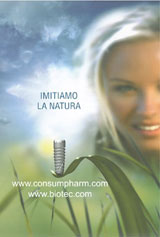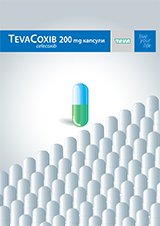Biotechnology &
Biotechnological Equipment
Biotechnological Equipment
Advanced search
Article
Biotechnology & Biotechnological Equipment 18 (2), 82 - 88 (2004)
Effects of different rootstocks in micrografting on growing of washington navel orange plants obtained by shoot tip grafting
G. Sertkaya
University of Mustafa Kemal, Faculty of Agriculture Department of Plant Protection, 31034-Hatay, Turkey
Abstract
In this research, the effects of different rootstocks in micrografting on rapid production of virus-free Washington Navel orange (Citrus sinensis (L.) Osb.) plants obtained by thermotherapy (TT) and shoot tip grafting (STG) in vitro were studied. Shoot-tip grafted plants on Troyer citrange (C. sinensis X Poncirus trifoliata) were cultured in liquid Murashige and Skoog medium for 6 weeks and then micrografted onto Citrumelo (C. paradisi X P.trifoliota), Cleopatra mandarin (C. reshni Hart ex Tan), Macrophylla (C. macrophylla Wester.), Rough lemon (C. jambhiri Lush.), sour orange (C. aurantium L.), Troyer citrange (C. sinensis X P.trifoliata) and Volkamer lemon (C. Volkameriana Ten and Pas.). Microgafted plants were kept in greenhouse for 24 months at a temperature 26±2°C and under 16/8 hours photoperiod (day/night). The success rates of STG and micrografting were 42.0% and 80.4%, respectively. Diameters of graft-union, stock and scion trunks, survival rates of the plants micrografted onto different rootstock, and shoot length of scion were observed and measured. The shoot lengths of the plants micrografted onto Citrumelo, Cleopatra mandarin, Macrophylla, Rough lemon, sour orange, Troyer citrange, and Volkamer lemon were measured as 122.6, 121.3, 148.3, 162.4, 158.7, 144.3, and 151.7 in cm, 12 months after micrografting. Averages of graft-union-stock-scion trunk diameters of the plants micrografted onto Citrumelo, Cleopatra mandarin, Macrophylla, Rough lemon, sour orange Troyer citrange, and Volkamer lemon at 10 cm under and above the graft-union were found as 13.80-11.02-8.20, 12.55-10.20-8.45, 15.55-11.10-8.75, 14.95-11.90-8.63, 15.58-10.50-8.42, 15.24-10.77-9.72 and 17.23-11.30-9.90 in mm respectively, 24 months after micrografting. Many of plants had been reached to the size of indexing for main virus diseases in a short time (in 6-8 months) by micrografting method. The plants micrografted onto Rough lemon and sour orange produced the longest shoot. As a result of the study, it was concluded that sour orange could be suggested to use as a rootstock in micrografting studies for rapid development of plant obtained by TT+ STG.


